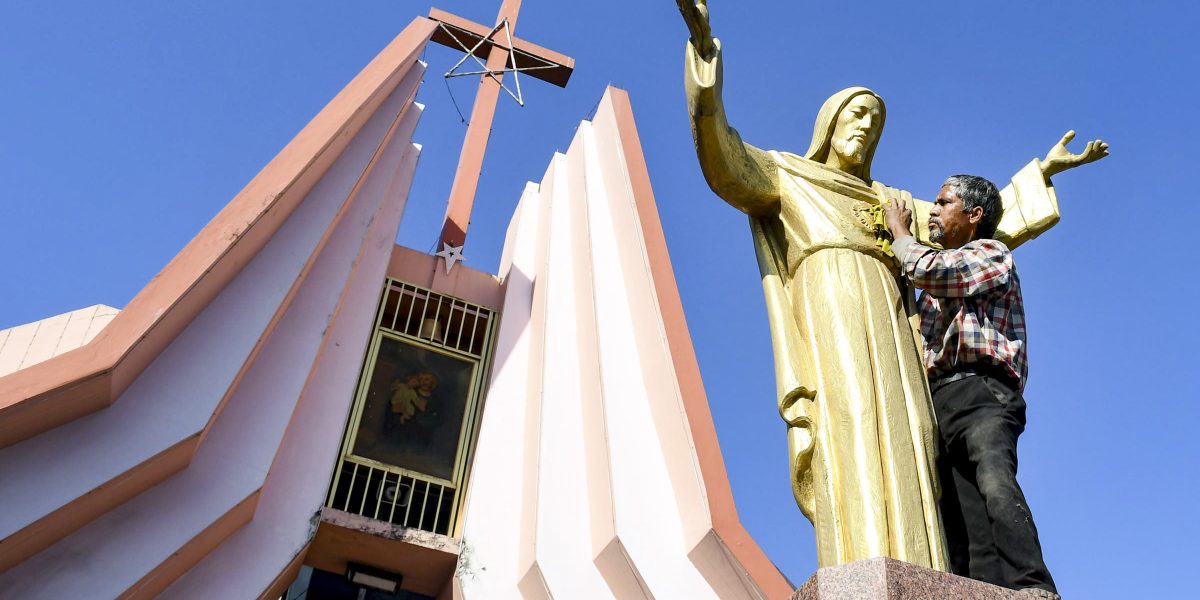
By Brinda Karat
In his election speeches, PM Modi often refers to the “double engine” effect, describing why the people of a state would benefit from voting for the BJP as there is a BJP government at the Centre. India has found a whole new interpretation of this in recent developments — the double engine effect against constitutional guarantees and democratic norms, for example, the lack of action against hate speeches by BJP leaders by the BJP governments at the Centre and in the states.
The Prime Minister chose to promote to his Cabinet a man who, just over a year ago, was making abusive speeches targeting the minority community shouting slogans like “goli maro” (shoot them). Hearing a bunch of petitions in the context of the Delhi violence in February 2020, the Delhi High Court had played the speeches made by Anurag Thakur, then junior Minister For Finance, and other BJP leaders in the open court and asked the police to take action. Instead, the judge was transferred. All cases against hate speeches, including one filed by the present writer, are still pending before the courts.
The states run by the BJP follow suit. The most recent example is that of the so-called Hindu mahapanchayat organised last week in Pataudi, in which BJP leader Suraj Pal Amu made a highly communal speech, widely publicised on social media. No action has been taken against Amu, although a teenager, who opened fire at the anti-CAA protestors in Jamia last year, was arrested this week for his provocative speech at the same event. Amu had made a similar speech a month earlier in Indri village in Nuh district. This was following the murder of a young gym trainer named Asif. Amu led the communalisation of the crime at a meeting called to demand the release of those arrested for the murder. The administration ceded to Amu’s threats and released four of the 12 accused. There was a pall of fear and terror among Muslims in the area. I had visited the area as part of a delegation, after which we filed a complaint against Amu’s hate speech in the local thana. We also met district officials and later wrote to the Chief Minister. Instead of taking action, Amu was promoted as one of the official spokespersons of the BJP a week after his communal rant — the double engine effect.
In contrast to the protection given to Amu and his cohorts, the Haryana police got an FIR filed by one of its head constables in Hisar against journalist Rajesh Kundu in April. Kundu, through his web portal and popular social media platforms, had been a vocal supporter of the kisan struggle. He had put out a warning that the anti-kisan forces were planning caste-based incidents before Ambedkar Jayanti to disrupt people’s unity. He was accused of causing “enmity between classes” and “disrupting national unity”. After a strong pushback from journalists’ associations, the case has been put on hold, but not withdrawn.
The different standards applied in the cases of Kundu and Amu by the Haryana police are dictated by the default political strategy fashioned by the BJP and the RSS. This consists of the organisation of communal mahapanchayats versus the highly popular kisan panchayats in support of the struggle for a repeal of the three farm laws. The social boycott of elected officials of the ruling regime, including kisan protests where the Chief Minister goes, is being met by this divisive strategy.
Communal politics is also aided by the extremely weak, vague and inadequate legal frameworks on hate speech. Following a Supreme Court directive in the case of Pravasi Bhalai Sangathan v. Union of India, the Law Commission, in its 57-page report, made concrete recommendations in 2017 to the government on “prohibiting incitement to hatred” and “causing fear, alarm, or provocation of violence in certain cases.” But this report has been ignored. A much more vigorous intervention for prevention of and punishment for hate speech is required from concerned citizens and political parties.
This story first appeared on indianexpress.com





